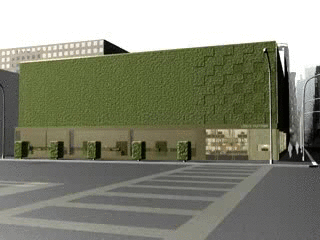
Fiskars, a firm you probably never even heard of has been making a simple yet carefully designed product since 1967 when a simple color error and a democratic vote helped to generate more than +1B units sold. The story of Fiskars told from the perspective of the design team resonates with another great article detailing how growth by design can be the core of any innovation lead firm. Detailed very solidly by Maneesh Mehta who is the Deputy Managing Partner, Global Clients & Markets, at Deloitte Touche Tohmatsu and further investigated in a recent article by McKinsey called "Grow Fast or Die Slow" we see the steps necessary. However the McKinsey article ignores the physical product side as this article focuses on the digital technologies. Still a very good primer.



















